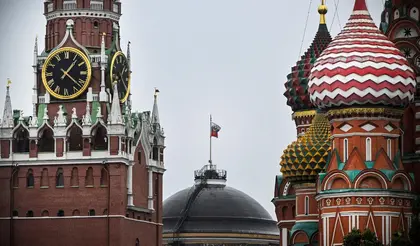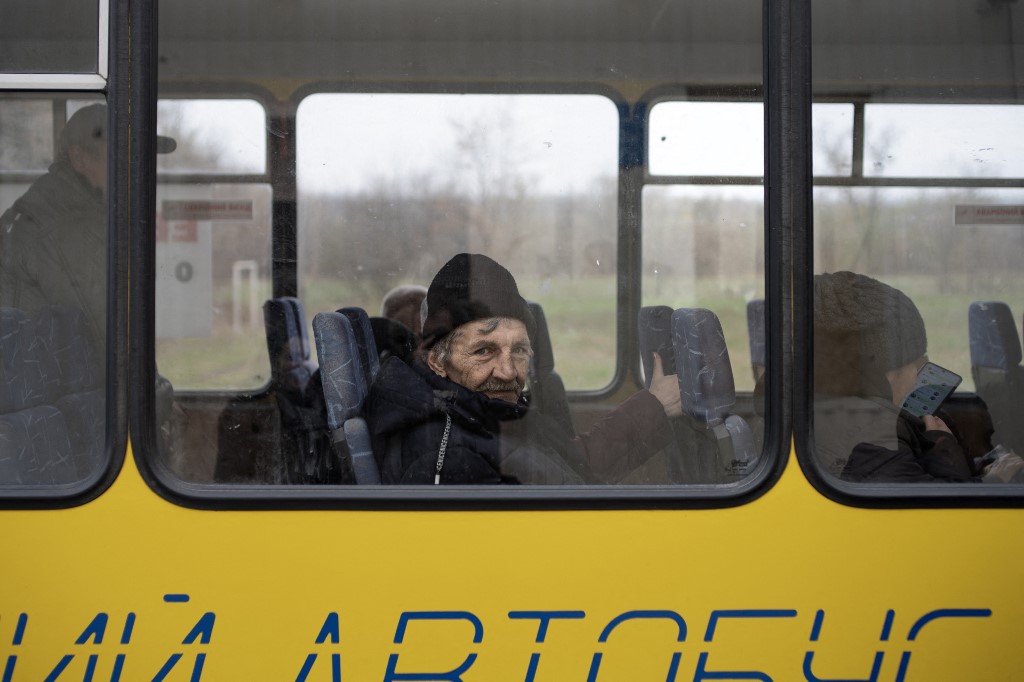Kursk occupies a special place in the Soviet history of World War II. The town gave its name to the largest tank battle ever known – the 1943 Battle of Kursk involved up to two million soldiers, 4,000 aircraft, 6,000 tanks, and numerous other vehicles lasting a total of 50 days. The battle thwarted the plans of the German command and was a turning point in the war for the Soviet Union.
Could this be why Kursk region was chosen for this summer invasion?
JOIN US ON TELEGRAM
Follow our coverage of the war on the @Kyivpost_official.
The less elegiac, and more practical, explanation is that it is from Kursk region that Ukraine’s Sumy and Chernihiv regions have been struck with artillery, missiles and heavy aerial bombs almost daily for the last two and a half years.
The new "Battle of Kursk" is on a completely different scale from that of 1943, but its impact on the military-political situation in modern day Russia has already shown itself to be significant.
Talk is now of a grandiose gesture by Putin of reprisal bombings against Ukrainian cities as payback against Kyiv’s audacity in entering Russia. It has proved increasingly difficult for Kyiv’s forces to repel such attacks using existing air defense systems, but the presence of F-16 fighter aircraft in the skies above Ukraine will help to counter the cruise missiles launched by Russia’s strategic aviation.
It may well be that the arrival of the F-16s might have been an important influence on the timing of the Ukrainian incursions into Kursk region.

Ambitious Ukraine Long-Range Strikes Hit Russian Air Defenses, Refinery, Naval Base
Of course, I would like to believe that there will be no reprisals. But after each of Ukraine’s military successes, Russia has shelled Ukrainian cities and killed civilians in unrestrained revenge attacks - a stable algorithm.
Even before the air raid warnings sound, I have a premonition of another barrage. Such heightened intuition negatively affects the nervous system - a person needs to be distracted.
A perfect distraction appeared recently in the form of a funny painting by the famous Kyiv artist Evgeniya Gapchinska – a portrait of General Budanov, the head of Ukraine’s Main Intelligence Directorate of the Ministry of Defense (HUR).
This is not, however, an ordinary ceremonial portrait with medals and shoulder straps, quite the opposite. This is a portrait of Budanov with his pet 17-year-old toad, Petya.
In her art, Gapchinska has a very special way of transposing characters into a soft and childlike world. Her paintings are often used in the design of candy boxes and greeting cards. Some of her colleagues may consider her work too commercial, but her technique is masterful, and ordinary Ukrainians are delighted by it.
The portrait of General Budanov begs to be put on a large box of chocolates, but while Budanov himself has expressed satisfaction with the painting, he probably would not want to see it on candy wrappers.
In the Soviet Union there were candies named after war heroes. For example: the eponymous “Chapaev” candies, named in honor of the Red Army commander who was killed by White Army soldiers in September 1919.
The war has seriously affected Gapchinska’s own family. Her husband, Dima, was drafted into the army in the spring of 2022, and during the first three years of the war, he had only a few, short periods of leave. His first visit home shocked Evgenia. Nothing in her previous life had prepared her to see her husband as a war-hardened soldier. As Evgenia recalls, Dima brought with him the smell of war, the smell of death. He simply had nowhere to take a shower before entering the apartment.
At that time, their country house near Bucha had been looted and disfigured by Russian occupiers. Evgenia has worked to restore it. Dima was recently injured at the front, but he is convalescing and preparing to return to his unit.
In March of this year, an interesting decision was made by the management of Ukraine’s National Museum of World War II History. They dismantled a large copper frieze dedicated to the 1943 Battle of Kursk. This piece of Soviet monumental art – four meters high and fifteen meters long - dominated one of the museum’s halls and is certainly one of the best examples of propaganda art from the period. I wonder what the museum plans to put in its place.
Evgenia’s story, together with the portrait of General Budanov, would fit nicely. It could be called Kursk 2. Any exhibit about Ukraine’s incursions into Kursk region is bound to feature General Budanov since detachments from his department are engaged in the operation and he undoubtedly played some part in planning it.
Sooner or later, we will find out more about how this operation was planned and the rationale behind it. This information will be noted in our museums and in future textbooks on the modern history of Ukraine. It is yet to know if it will be as significant in the course of this 21st century European war.
The views expressed in this opinion article are the author’s and not necessarily those of Kyiv Post.
You can also highlight the text and press Ctrl + Enter






